When it comes to fastening materials, there is a wide range of screws that can be used. One of the most popular types of screws are self-drilling screws and self-tapping screws. While they are both used for the same purpose, there are some key differences between the two. In this blog, we will be exploring the difference between self drilling screws and self tapping screws, why you should use them, the different types, and how to use them.
Table of Contents
Introduction to Self Drilling Screws and Self Tapping Screws
Self-drilling screws and self-tapping screws are two types of screws that are used for fastening. Self-drilling screws are designed to create their own holes in the material being fastened. This eliminates the need for pre-drilling, which can save time and effort. Self-tapping screws, on the other hand, are designed to cut threads into the material being fastened. They are more commonly used in softer materials, such as wood or plastic, as they do not require pre-drilling.
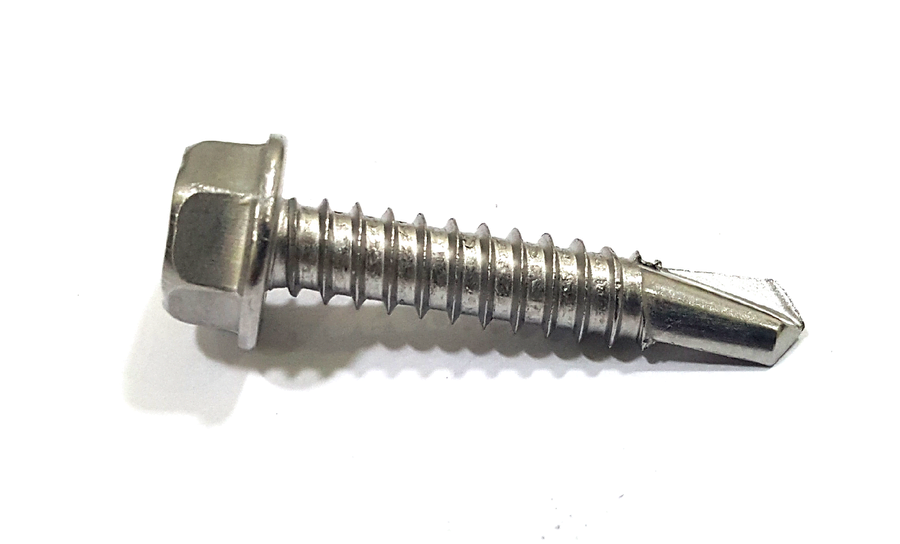
Why Use Self Drilling Screws and Self Tapping Screws?
There are several reasons why self-drilling screws and self-tapping screws are a great choice for fastening. First, they are both very easy to use. Unlike traditional screws, they do not require pre-drilling, which can save time and effort. Additionally, they are both very strong and durable, making them an ideal choice for any application. Finally, they are both relatively inexpensive, making them a great choice for any budget.
Applications of Self Drilling Screws and Self Tapping Screws
Self-drilling screws and self-tapping screws are used in a wide variety of applications. Self-drilling screws are commonly used for fastening metal, wood, and plastic together, as well as for attaching hinges and handles. They are also used in the construction of buildings and other structures. Self-tapping screws, on the other hand, are more commonly used for fastening wood, plastic, and other soft materials. They are also used for attaching hinges and handles.
You may also want to read about how to use self-tapping screws and self-drilling concrete screws.
Difference between Self Drilling Screws and Self Tapping Screws
While both self-drilling screws and self-tapping screws are used for fastening, there are some key differences between the two. The most obvious difference is the type of hole they create. Self-drilling screws are designed to create their own holes in the material being fastened, while self-tapping screws are designed to cut threads into the material being fastened. Additionally, self-drilling screws are more commonly used in harder materials, such as metal, while self-tapping screws are more commonly used in softer materials, such as wood or plastic.
Types of Self Drilling Screws and Self Tapping Screws
There are several types of self-drilling screws and self-tapping screws available. Self-drilling screws come in a variety of sizes and head types, such as pan head, oval head, and hex head. They also come in a variety of materials, such as stainless steel, carbon steel, and brass. Self-tapping screws come in a variety of sizes and head types, as well as in a variety of materials.
Advantages and Disadvantages of Self Drilling Screws and Self Tapping Screws
Self-drilling screws and self-tapping screws both have their own advantages and disadvantages. Self-drilling screws are more commonly used in hard materials, such as metal, and are stronger and more durable than self-tapping screws. However, they are more difficult to remove and can be more expensive. Self-tapping screws, on the other hand, are easier to remove and are less expensive than self-drilling screws. However, they are not as strong and durable as self-drilling screws and are more commonly used in softer materials, such as wood or plastic.
How to Use Self Drilling Screws and Self Tapping Screws
Using self-drilling screws and self-tapping screws is relatively simple. First, you will need to select the appropriate size and type of screw for the job. Then, you will need to pre-drill the hole if necessary. If pre-drilling is not necessary, you can simply insert the screw into the material and tighten it with a screwdriver or drill.
Tips for Installing Self Drilling Screws and Self Tapping Screws
When installing self-drilling screws and self-tapping screws, there are a few tips to keep in mind. First, it is important to use the right size and type of screw for the job. Additionally, it is important to ensure that the material being fastened is clean and dry to ensure a secure fit. Finally, it is important to use the proper tools, such as a drill with the correct drill bit, to ensure that the screw is installed correctly.
Common Mistakes to Avoid when Installing Self Drilling Screws and Self Tapping Screws
When installing self-drilling screws and self-tapping screws, there are a few common mistakes to avoid. First, it is important to make sure that the material being fastened is clean and dry. Additionally, it is important to make sure that the correct size and type of screw is used for the job. Finally, it is important to make sure that the correct tools are used, such as a drill with the correct drill bit.
Conclusion
Self-drilling screws and self-tapping screws are two types of screws that are used for fastening. While they are both used for the same purpose, there are some key differences between the two. Self-drilling screws are designed to create their own holes in the material being fastened, while self-tapping screws are designed to cut threads into the material being fastened. Additionally, self-drilling screws are more commonly used in harder materials, such as metal, while self-tapping screws are more commonly used in softer materials, such as wood or plastic. Self-drilling screws and self-tapping screws both have their own advantages and disadvantages, and it is important to use the right size and type of screw for the job. Finally, it is important to use the proper tools, such as a drill with the correct drill bit, to ensure that the screw is installed correctly.
If you are looking for a fast and easy way to secure materials, self-drilling screws and self-tapping screws are a great choice. With their easy installation and strong fastening capabilities, they are an ideal choice for any application. So, when it comes to fastening materials, make sure to consider self-drilling screws and self-tapping screws for the job.
Disclaimer: This article is intended for informational purposes only and does not constitute professional advice. Always consult with a licensed contractor or construction professional for your specific needs.

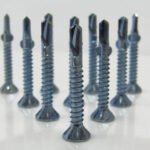
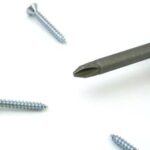
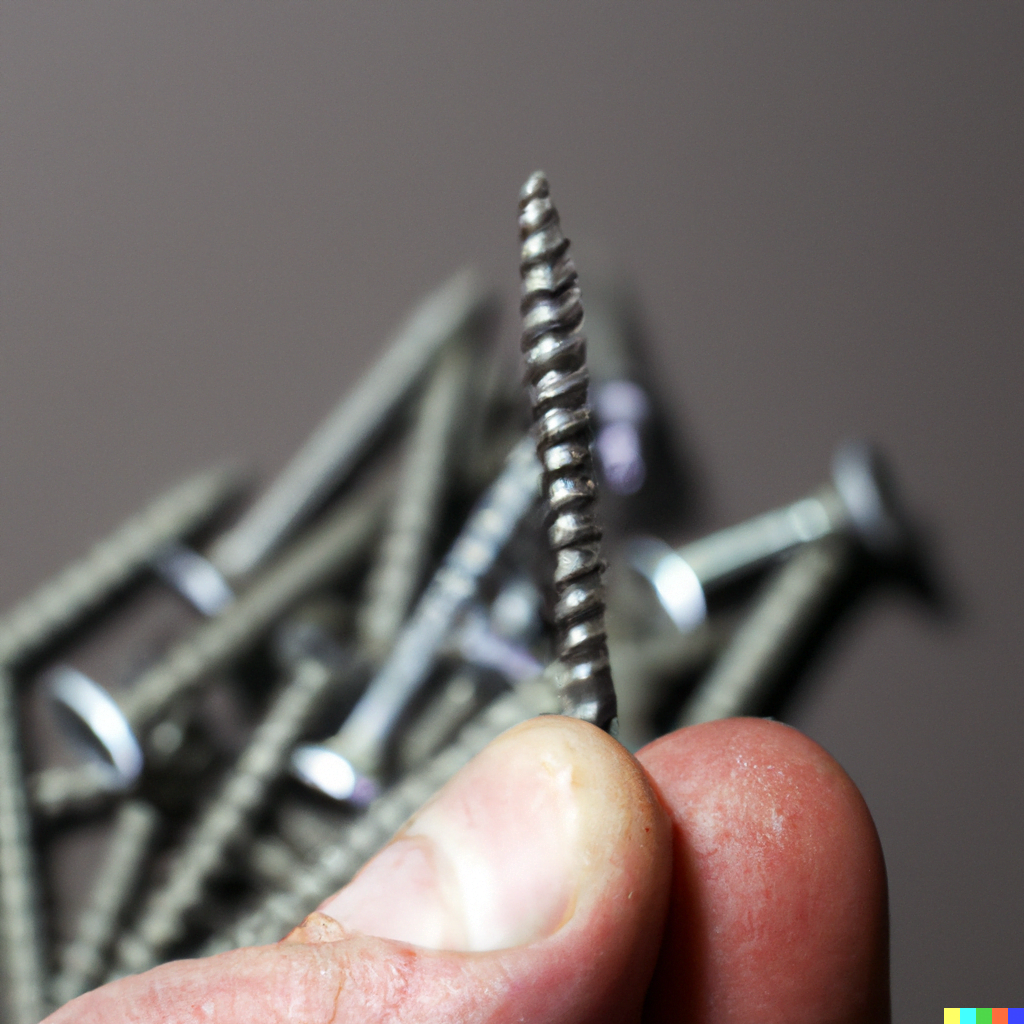
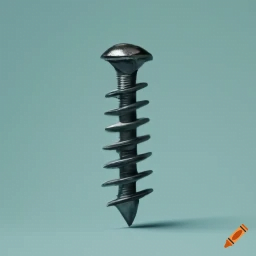
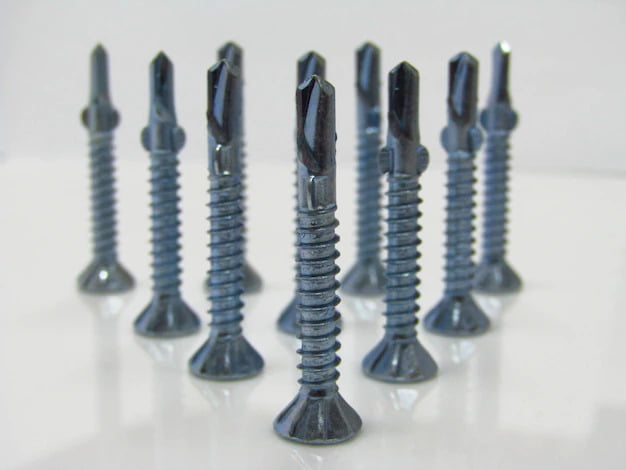
3 Comments